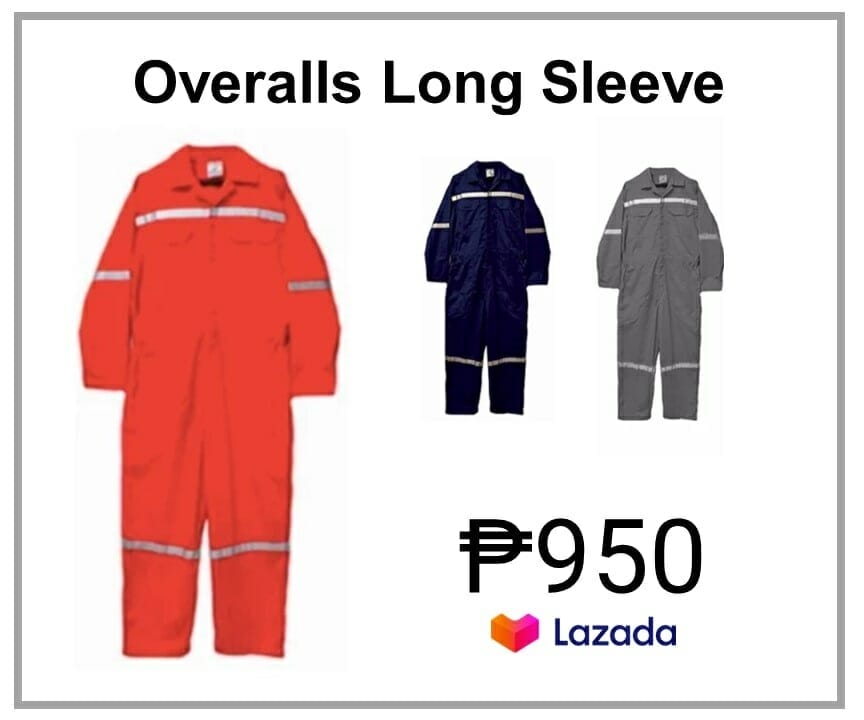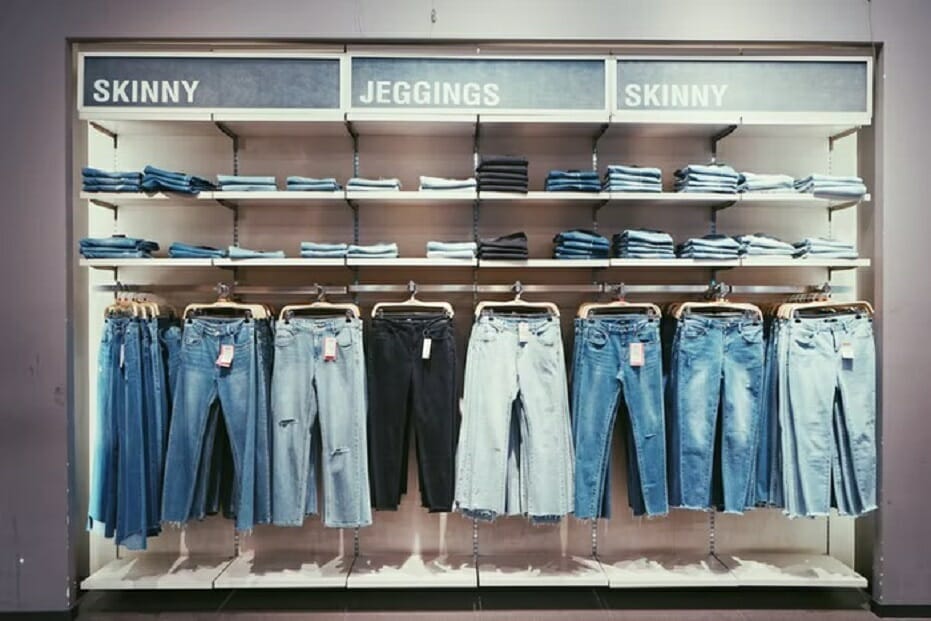Retail fashion companies operate in a highly competitive and dynamic industry, which demands impeccable organization to thrive. The proper organization enhances efficiency, streamlines operations, and ensures that every aspect of the business functions seamlessly, which is crucial for building a successful and sustainable company. However, effective organization is an ongoing process, and retail fashion companies must be adaptable enough to keep up with the continuously evolving fashion trends and technologies.
They must also navigate the complexities of managing inventory, establishing relationships with other vendors, production, marketing, and customer preferences, among others, which is no mean feat. Therefore, retail fashion companies must adopt the best practices of the organization to stay ahead of the competition, remain profitable, and deliver unparalleled value to their customers.
Let’s explore just how they can achieve that.
The Importance of Inventory Management
Inventory management is a critical aspect of running a successful retail fashion company. Effective inventory management enhances the company’s ability to meet customer needs, monitor fast-moving trends, maintain stock levels, and minimize costs. It is crucial to categorize, label and track inventory properly, including different product lines, sizes, and colors, to ensure efficient management. Inventory management software can also help streamline operations by providing real-time inventory levels, sales analytics, and forecasting tools.
Retail fashion companies should conduct regular audits and stock counts to identify and address inventory discrepancies to avoid stockouts, losses, or overstocks. Optimizing inventory turnover, such as reducing lead times, offering markdowns to sell slow-moving items, and negotiating with suppliers, can help minimize carrying costs and maximize profits.
And, by implementing an apparel software solution, retail fashion companies can do all of the above from one streamlined hub and ensure that each business facet runs like clockwork. The best apparel software management solutions come with integrability options which means you can extend their functionality much further and enjoy higher ROI.

Allow Businesses and Customers to Find You
One of the essential aspects of running a successful retail fashion company is ensuring that customers can quickly and easily find your business location. Online mapping tools provide an easy way to make a map with zip codes. You can customize the map further with distinct colors, markers, and sizes to better illustrate zip code areas.
If you create a map with zip codes, you can showcase your company’s exact location and invite them to visit your store. How? After creating the map, you can incorporate it into your website and other marketing materials, such as flyers or ads. This way, all of those interested in your fashion pieces can find you easily, therefore, giving your company a competitive edge.
Employ Visual Merchandising Techniques
Visual merchandising is a key aspect of retail sales. It is a process that involves creating an attractive store layout, display of products that facilitate customer flow and browsing, and using techniques such as color blocking, cross-merchandising, and focal points to highlight products. The primary goal of visual merchandising is to increase product appeal and encourage customers to make purchases. In this blog post, we will discuss efficient visual merchandising techniques that are guaranteed to boost sales.
Developing an attractive store layout and product displays that facilitate customer flow and browsing is a crucial first step in implementing effective visual merchandising techniques. A store layout that is easy to navigate and product displays that are strategically placed can encourage customers to browse and increase the likelihood of making purchases. The use of effective signage that displays product information clearly can also simplify the customer shopping experience.
In the rapidly evolving fashion retail industry, prioritizing customer experience has become a top priority for businesses to attract and retain customers. Customer experience goes beyond just selling clothes; it’s about creating an end-to-end shopping experience that delights customers and drives loyalty.
Prioritizing Customer Experience
Placing the customer at the center of all business decisions is a key strategy for a customer-focused retail business. This means that every business decision should be made with the customer in mind, taking into consideration their needs, preferences, and pain points. For example, designing store layouts and selecting product assortments that appeal to customers’ unique preferences through data analysis and customer feedback. Creating a personalized shopping experience strengthens the bond between the customer and the brand, increasing the chances of customer retention.
This ensures seamless and personalized customer experiences across all touchpoints, including in-store and online. Seamless experiences allow customers to shop in multiple channels, making the customer experience more convenient and enjoyable. Engaging with customers based on their shopping behaviors and preferences, such as personalized recommendations and unique in-store experiences, should be extended to online touchpoints like email marketing campaigns and social media channels.
Implementing effective customer service and returns processes can also improve the customer experience. In-store staff should receive appropriate customer service training consistently. There must be a way to handle customer complaints and issues to ensure a positive resolution quickly. Implement hassle-free return policies and provide clear instructions on how to return items that don’t fit or match customer expectations. These measures go a long way in creating an excellent customer experience.
Bottom Line
Overall, the best way to organize a fashion retail company is to keep it simple. Keeping an organized system will make it easier for the business to make decisions that are most beneficial for its success. Managing your inventory the right way and allowing other businesses to find your location will also bring a lot of benefits to the table. Such a way of operation will enable you to navigate this $1.5 trillion industry. And lastly, by prioritizing your customer’s experience, you will ensure that you are providing them with the best service and keep them coming back for more.












